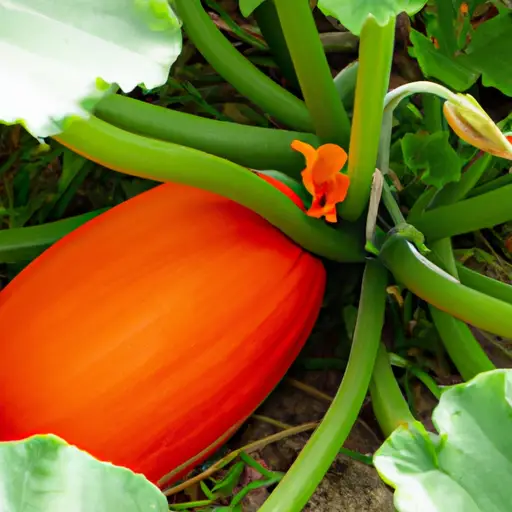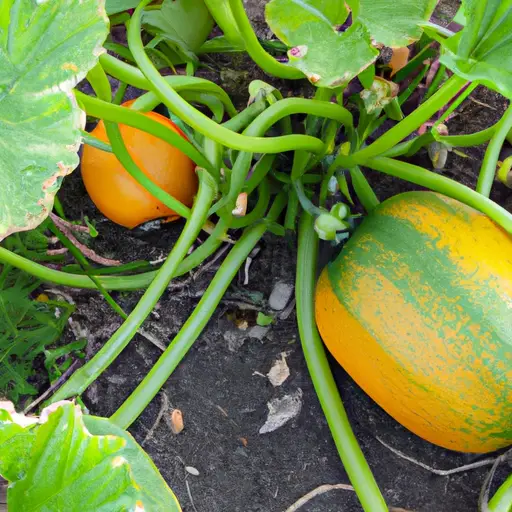The Essential Steps for Successfully Cultivating Fruits and Vegetables
Cultivating fruits and vegetables can be a rewarding experience that not only provides you with fresh and nutritious produce but also allows you to connect with nature and enjoy the satisfaction of growing your own food. However, successful cultivation requires careful planning, proper techniques, and consistent maintenance. In this article, we will explore the essential steps for successfully cultivating fruits and vegetables so that you can maximize your harvest.
Step 1: Planning
Before embarking on your journey to cultivate fruits and vegetables, it is important to plan ahead. Consider factors such as your available space, sunlight exposure, soil quality, water source, and the types of crops you want to grow. Take note of the specific requirements of each plant – some require more direct sunlight while others thrive in partial shade; some prefer well-draining soil while others require more moisture retention.
Once you have a clear understanding of your resources and goals, create a detailed plan that includes a layout of your garden or growing area. Allocate sufficient space for each crop based on their growth patterns and spacing requirements. This step will help ensure optimal growth conditions for each plant and prevent overcrowding.
Step 2: Soil Preparation
Preparing the soil is crucial for healthy plant development. Start by removing any weeds or unwanted vegetation from the planting area. Then turn over the soil using a shovel or tiller to break up clumps and improve drainage.
Next, assess your soil’s composition and amend it accordingly. Most plants prefer well-draining soil that is rich in organic matter. Add compost or aged manure to improve fertility and enhance moisture retention capacity. Consider conducting a soil test to determine if any specific nutrients are lacking in your soil; this will enable you to make targeted amendments.
Step 3: Planting
When it comes time to plant your chosen fruits and vegetables, follow the guidelines provided by seed packets or nursery-bought plants. Make sure to plant at the appropriate depth and spacing recommended for each crop. Take note of specific requirements for staking or trellising certain plants to provide support as they grow.
Water the newly planted seedlings gently yet thoroughly. Maintain a consistent watering schedule, checking moisture levels regularly and adjusting as needed based on weather conditions and plant requirements.

Step 4: Proper Care and Maintenance
Cultivating fruits and vegetables requires regular care and maintenance to ensure healthy growth. Weed your garden regularly to minimize competition for nutrients, water, and sunlight. Mulching can also help suppress weed growth while providing additional insulation for the soil.
Proper pruning is essential for many fruiting trees and plants, such as tomatoes or fruit trees. Regularly remove dead or damaged branches, as well as any suckers or shoots that are diverting energy away from the main plant structure. This will help shape the plant’s growth, improve airflow, and promote higher yields.
Step 5: Pest and Disease Management
Addressing pests and diseases promptly is crucial to prevent them from spreading throughout your garden. Identify common pests in your region that may affect your crops and deploy appropriate pest control methods such as traps, organic sprays, or beneficial insects.
Regularly inspect your plants for signs of disease such as yellowing leaves or spots. If detected early, you may be able to mitigate the damage by removing affected foliage or treating with organic fungicides.
Step 6: Harvesting
The most exciting part of cultivating fruits and vegetables is the harvest! Each crop has its unique ripening time – familiarize yourself with these timelines beforehand. Harvest fruits when they are fully ripe but not overripe to ensure peak flavor and texture.
For vegetables, pick them when they have reached their desired size before they become tough or overly mature. Be mindful of daily harvesting to prevent spoilage or attracting pests.
In conclusion, successfully cultivating fruits and vegetables requires careful planning, soil preparation, proper planting techniques, regular maintenance, and pest/disease management. By following these essential steps, you can create a thriving garden that yields delicious and nutritious produce. Get started on your gardening journey today and enjoy the many benefits it brings!













